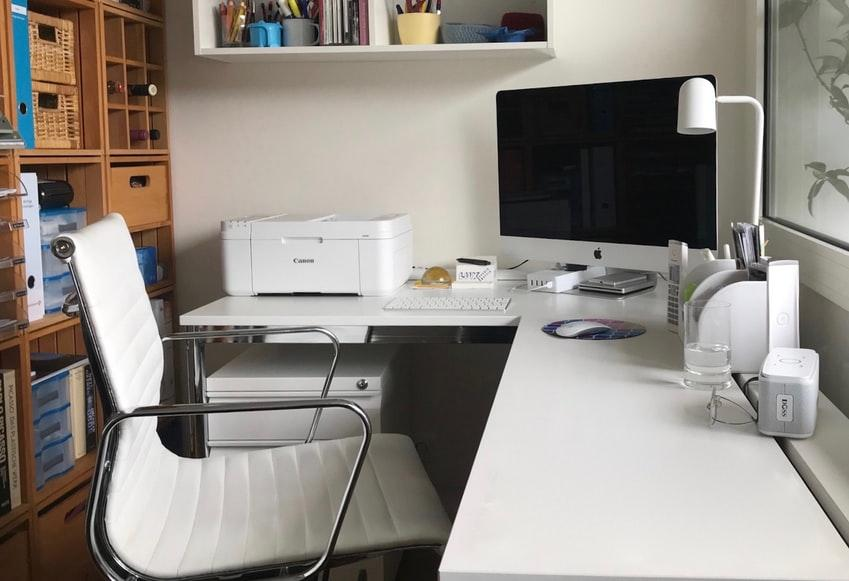Original ink cartridges are expensive, but printer manufacturers may not force customers to use OEM supplies. Thanks to the existence of compatible and remanufactured products, cheap printing is a tap or a click away. Ordering from an independent brand can help you save hundreds of pounds annually. Here is your ultimate guide to more economical printing in 2022.

How Much Can I Save?
This depends on the printer model and the brand you switch to. For example, take cartridges for HP Officejet Pro 7720. Hewlett-Packard sells a full pack for £95.99. Meanwhile, Smart Ink offers an HP 953xl multipack of ink cartridges for £39.99. This product also has twice as much capacity! This means you save over £150 every time.
This is one of the most impressive examples. Typically, savings amount to 20%-80% per purchase. However, hunting for bargains should not be your only focus — it is also important to check quality guarantees and customer feedback. Learn more below!
Overview of Products
Independent brands produce two types of cartridges: compatible and remanufactured. The first category of products is 100% new. Compatible supplies are designed for the same models of printers as OEM supplies. However, they are technically unique, so printer manufacturers may not sue their rivals. These products emulate but do not copy OEM cartridges.
Remanufactured cartridges are recycled genuine products. They are thoroughly cleaned, reconditioned, filled with new ink, and tested before shipping. As a result, performance is as good as before. Usually, cartridges are recycled after having been used only once.
How Safe Are These Products?
Many consumers worry about the possible danger to their equipment, but certified cartridges are perfectly safe. They require the same precautions as OEM items. Follow the manufacturer’s installation guidelines and take general precautions. For example, never touch the chip or the copper-coloured contacts during installation.
That said, stores are not created equal, so you will have to do some due diligence first. Check that your supplier complies with global quality standards, offers extended warranties and has positive feedback on websites like Trustpilot. The following quality marks are common:
- CE,
- ISO 9001,
- ISO 14000,
- Reach,
- STMC
Is It Legal to Use Non-original Ink?
Neither compatible nor recycled cartridges are regarded as counterfeit. By law, printer brands are not allowed to use anti-competitive terms. Thus, installing any non-original supplies will not null your warranty for the equipment. The right to use alternative products is enshrined in consumer protection legislation.
Why Are Prices So Much Lower?
Hewlett-Packard, Canon and other big brands have a similar approach to cartridge pricing. Officially, their policies reflect massive investment in research and development. Every year, these manufacturers spend billions to design new office equipment and ink. However, this hardly justifies the high prices of cartridges in the eyes of consumers.
A more likely explanation is the “razor and blades” theory. Basic core products are sold close to their break-even point — for example, the cheapest HP printer (Deskjet 3760) costs around £45. One pack of cartridges (black + colour) will set you back £25 — over 50% of the price. It is easy to see why so many customers suspect a conspiracy.
Even if your printer is in the high-end range, OEM supplies will always be more expensive than compatible and recycled products. Over a year, you will spend hundreds of pounds on ink alone.
Choose Bigger Volume
As many compatible cartridges are produced in the XL or even XXL volume, buyers get more ink with every purchase. Typically, the XL capacity is over 200% bigger than the standard page yield. Nevertheless, even an XL compatible cartridge is often cheaper than its standard OEM counterpart.
At-Home Refilling: Pros and Cons
All printer brands are strongly against DIY refills, so you may think this is part of the conspiracy. In reality, tinkering with used cartridges is very risky. It is also messy, and ink stains are difficult to remove.
Amateur refillers may inject the wrong amount of ink, create bubbles inside their cartridges, or damage their sensitive elements. An incorrect technique may result in permanent damage to the cartridge or the printer. If you succeed, you will save money. Yet, considering the time and effort, this option is the worst.
In the past, many consumers would take their cartridges to refillers. Now, recycled products are sold online with the same warranties and certifications as brand-new products. You can have them delivered for free right to your doorstep.

Other Ways to Save on Ink
Arial requires more ink than Century Gothic or Times New Roman. Avoid any flashy and bold fonts. You will be surprised at how much ink is saved!
Many websites can be viewed in a special mode that removes images and ads. As it is not always available, install a special Chrome extension for Reader View. The next time you print a web page, load it and click on the puzzle button. The tool will produce a lighter version without unnecessary distractions.
Do you think your printer always uses the black cartridge for black and white documents? You are wrong. What looks black to you may actually be a dark shade of blue or another colour. In this case, all the machines will use their colour cartridges, which is way more expensive. To make sure only the monochrome cartridge is used, print in the special Greyscale mode.
Some printers can be programmed to use less ink. You should be able to find this feature in the settings. The Draft mode is great for proofing and test prints, although the quality is lower and the colours are lighter. Switch back to the normal mode to produce excellent copies.
This is the most obvious way to limit ink consumption. On average, nearly half of all office papers are thrown away after printing. Producing a tonne of paper requires 17 trees, 4000 kilowatts of power and 26,000 litres of water. Whenever possible, view documents as PDF files.


